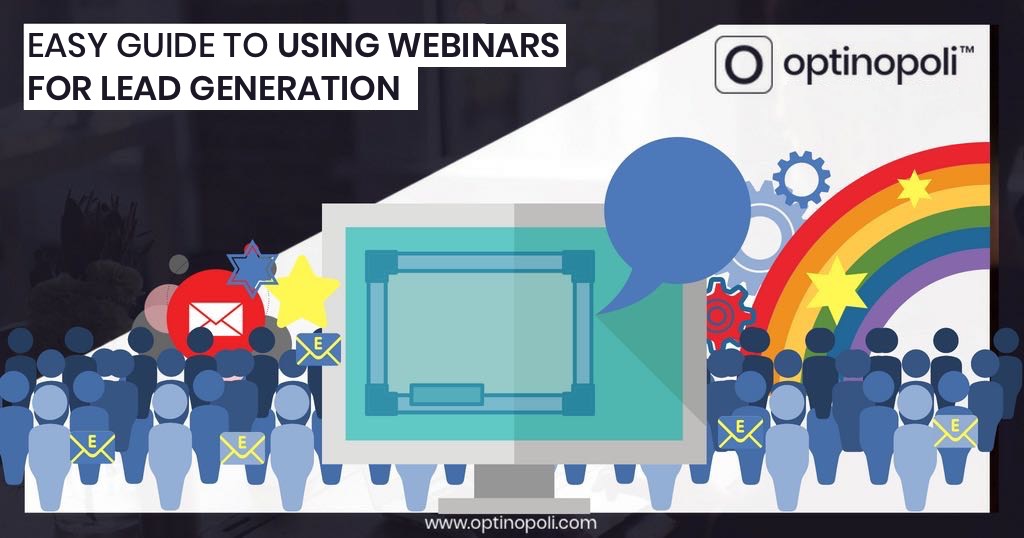
Easy Guide to Using Webinars for Lead Generation
Want to know what is hands down probably the fastest and most effective way to quickly generate new, high quality leads for your business? Webinars.
I’ve generated thousands of new leads for my own businesses through webinars. You can too—I’ll show you how.
Webinars are a tried and tested tool that, when used in the right way with a well-designed presentation, provide strong value to an audience, allowing you to grow a relationship with them fast.
That means they can be very profitable too. You’re not only quickly attracting new leads, but those leads also rapidly get to know, like and trust you, speeding up the sales cycle significantly. (And often, as we’ll see, you’ll be generating immediate sales from the webinar itself).
This easy guide shows you how you too can start using webinars for lead generation, including some answers to the following:
- How many people can you run webinars for?
- How do webinars help generate leads?
- How do you run a webinar? For example, what webinar software options are available?
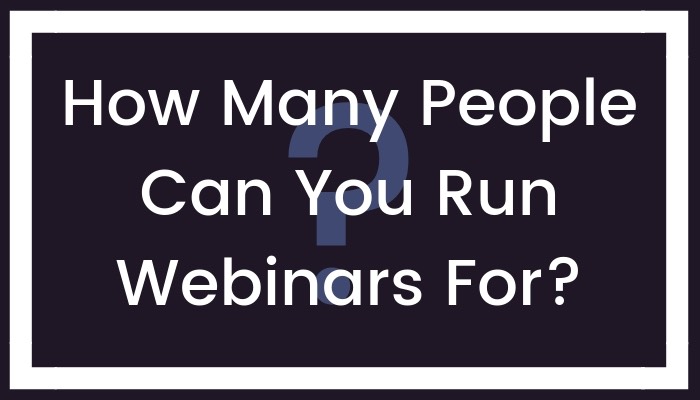
Webinars come in all shapes and sizes.
It’s easy to see webinars from influencers and well-established companies attracting attendees in their hundreds or thousands, and start believing you have to match that to be successful.
Don’t fall for it.
I’ve ran successful webinars for anything from just a handful of people (yes, single figures!) to several hundred at a time.
So don’t think it’s not working if you only get a few people to show up—at least at first. After all, it’s little different to running a small workshop in the offline world.
Start small, find your feet and grow from there.

Start with Your Existing Audience
Remember, there’s a big difference between your audience (people interested in and possibly subscribed to your content) and sales leads for your business.
As explained here, webinars are one way to move people from your engagement funnel (your audience) and into your sales funnel (your sales leads).

And it’s one of the most powerful. With the right presentation and follow-up communication, you can rapidly convert those sales leads into customers.
So periodically offer webinars to your audience, such as through:
- Email broadcasts to your content subscribers.
- Social media campaigns.
- Follow-on 'Smart campaigns' to existing content subscribers who are on your website.
This is also a relatively safe way to get used to running sales webinars before potentially:
- Running them at a larger scale through joint ventures with other businesses (see below).
- Scaling up through advertising.
And guess what?
Once you’ve tested the presentation to iron out any kinks and perfect it as much as possible, you can then use it as an evergreen asset without needing to present it live each time…

Evergreen Webinars
Evergreen webinars enable you to run webinars that can appear as if they are live, but are actually a recording of a previous webinar.
This can have a number of advantages:
- No one has to present it live, saving time and resources that can now be used elsewhere.
- You can offer a wider range of times and dates to suit different people (this is particularly useful if your business, like mine, serves a global client base across multiple time zones).
- It’s less risky—with a live presentation, things can of course go wrong, hurting sales and longer term credibility.
- You can easily use your webinar offer as a regular social media campaign, within an autoresponder email sequence for new email subscribers, and within a personalized engagement campaign on your website.
Options for running evergreen webinars include*:
* Please note that some links on this page to webinar services may attract commissions in exchange for the referral. We make no specific recommendation, and you should always do your own due diligence before deciding on a specific provider.
 Joint Venture Webinars
Joint Venture Webinars
Webinars really come into their own for putting leads straight into your sales funnel when done in cooperation with other businesses via joint ventures. Those who don’t buy immediately as a result of the webinar can be put into your engagement funnel for longer term nurture, and may buy at some point in future.
How does this work?
Let’s say you’ve developed a presentation that shares information relevant to your market. Simply approach other businesses who serve a similar audience, and offer to present the webinar to their audience in exchange for either commissions on sales and/or a reciprocal webinar.
The other business invites their list to the webinar, providing them with content of potential interest and value. The link generally points to your webinar registration page, enabling you to follow up with all those who register, effectively adding them to your list.
Such webinars are most effective when the business you partner with acts as a co-host with you on the webinar, as they have the existing relationship with those who attend.
Their participation in the webinar transfers trust and credibility to you, often dramatically increasing engagement levels, and helping to develop stronger relationships with these new subscribers in future.
In fact, when I’ve ran webinars with partners who didn’t act as co-hosts, the results were far less successful and generally disappointing. So it’s of benefit to both parties to encourage their active participation wherever possible.
This doesn’t require much other than for them to attend and:
- Introduce you to attendees at the start of the presentation.
- Perhaps interact with you a little during the presentation itself.
- Help you wrap up at the end and confirm the value of the sales offer you have made.
Sometimes you might partner with businesses who want to control the registration process, rather than sending them to your own link. Essentially, this will mean you act as a guest or co-host on someone else’s webinar, similar for example to being a guest on a podcast or live streaming video.
While still of course valuable, it means you don’t benefit from the ability to be able to follow up with webinar attendees directly.
For this reason, rather than a direct sales offer, you might instead want to focus on a longer-term sales cycle, and offer a call-to-action that encourages attendees to join your engagement list, usually via a relevant lead magnet.
Even without a direct sales offer, depending on the authority of the webinar host with their list, you’ll often find it generates sales leads and resultant sales anyway.

Developing a Presentation
The first step in using webinars for lead generation is to develop a presentation that:
- Shares your expertise.
- Would be of interest and appeal to the type of person who you want as a customer.
Before creating the presentation, decide what your goals are. For example:
- To generate leads you can then follow up with over time to close the sale.
- To generate not just leads, but also immediate sales via the webinar itself and the more immediate follow-up communication.
Your goals will determine how you structure the presentation, and how you then follow up with that audience afterwards.
Generally you’ll want to develop a slideshow for the presentation itself, using software such as:
- Microsoft Powerpoint.
- Keynote (Mac).
- Google Slides (this is what I always use).
Your webinar presentation can last anything from just twenty to thirty minutes, to an hour or longer. Some of my most effective webinars, including those ran with partners, have lasted for an hour and a half.
It depends on what your goals are and the type of information you have to share. As with other content, it should be as long as it needs to be.
As a rough guide, where your goal is to generate immediate sales via the webinar, timing the main presentation to last around 45 minutes to an hour or so generally enables you to give enough value to your audience to then be able to convert a proportion into customers via a 15 to 30 minute closing sales offer.
 The Importance of Follow Up
The Importance of Follow Up
For webinars where your goal is to generate immediate sales as well as leads, it’s essential to carefully structure your post-webinar follow-up communications.
Ideally, have these designed and already in place before the live presentation itself.
For sales-based webinars, the truth is that often the majority of sales don’t come from the immediate presentation itself, but as a result of the follow-up communications afterwards.
For example, I’ve ran webinars that generated zero sales from the live presentation. Disillusioned and disappointed, I probably wouldn’t have sent any follow-ups if they weren’t already lined up and ready to go. But then several sales came through via the follow-ups.
It works best if there’s an appropriate designed deadline for your offer. For example, this might expire within 3 days of the webinar itself, with messages designed to remind registrants of the deadline and increase the sense of urgency.
If your goal is for a longer-term sales cycle, you still need to carefully design follow-up communications to keep registrants engaged with your business and move them through your engagement and sales funnels.
Choosing Webinar Software
We’ve already mentioned some software you can use for evergreen webinars.
But what about live webinars?
There are lots of options for presenting live webinars to an audience, including*:
-
GoToWebinar (see reviews)

-
Zoom (see reviews)

-
Livestorm (see reviews)

-
Webinar Ninja(see reviews)

-
Webex (see reviews)

- YouTube Live (how to use)
- Facebook Live (how to use)
* Please note that some links on this page to webinar services may attract commissions in exchange for the referral. We make no specific recommendation, and you should always do your own due diligence before deciding on a specific provider.
These have a wide range of features and pricing options—from completely free to hundreds of dollars.
The right option for you will depend on your goals, your budget and the market you are trying to reach. Sometimes you’ll also need to experiment with different providers before deciding on the right option for you longer term.

Finding Your Audience
So where do you find the leads to attract to your webinar?
Options include the following, some of which I’ve already mentioned:
- Your existing content subscriber list.
- Joint ventures and partnerships with other businesses.
- Advertising.
- Organic traffic.
- Your social communities.
Often it will be a mixture of different approaches.
Remember, the presentation you’ve developed is an asset that can be used multiple times over for different webinars and audiences.
It’s not set in stone either. Simply adjust as necessary to best suit the audience in question.
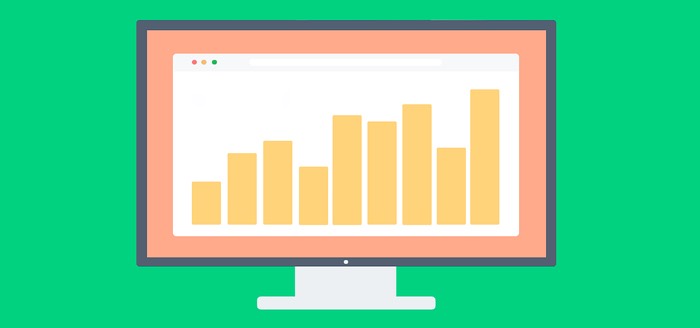
Continual Improvement
If your business hasn’t previously used webinars for lead generation, don’t expect it to go perfectly straight away.
Rather than setting initial expectations too high, simply aim to continuously improve and optimize your approach.
For live webinars, it can also take quite a bit of practice to get used to presenting to a live audience.
The best place to start is to practice running through the presentation via the webinar software, but without an actual audience.
Then try doing it two or three times to a ‘dummy’ audience, such as colleagues who are able to provide some constructive feedback.

This builds up confidence in your delivery of the material, as well as usage of the webinar software itself, and helps perfect the presentation itself.
When presenting for real, it’s still likely to feel uncomfortable for a while.
And remember—things still go wrong, even for really experienced webinar presenters!
Issues I’ve had along the way include:
- Forgetting to turn the mic on for a while so no one could hear what I was saying.
- Running short videos within the presentation, without realizing the quality level for participants was really poor and there was no sound from the video either.
- Forgetting to record the presentation, so I had nothing to send to those who couldn’t make it live.
- Losing my way in the script or my thread in what I was saying.
- And yes, stumbling through my words, my mouth drying up completely, developing a tickly cough, and more nerve-related ailments!
The good news is that even when things go wrong, unless it’s completely disastrous such as a dropped Internet connection which fortunately I’ve never had, you usually notice far more than participants do.
So don’t focus on it, and carry on regardless. Some of it just makes you seem more human and helps participants relate to you. They have bad days too!
Afterwards, rather than worrying about what went wrong, focus instead on how to prevent it in future.
Ideally, document your webinar-presenting process and have a checklist you run through for each one. Review, refine and continually improve it.
In addition, test different approaches, changes to the presentation, and so on. For example, you might find that you always get better results when you have two presenters rather than just one. So feel free to mix it up and discover what your market best responds to.
To Conclude
As we’ve seen, using webinars can be a highly effective tool not just for lead generation but for generating sales too.
Sure, it can take some work to set up and get right, but once done it’s a valuable asset to have in your business’s marketing arsenal.
For example, it means you can potentially joint venture with other businesses with the potential to send you hundreds if not thousands of new leads within just a few hours.

steve shaw
Steve Shaw is the CEO of optinopoli™, next-generation lead capture and sales conversion technology—click here for more info.


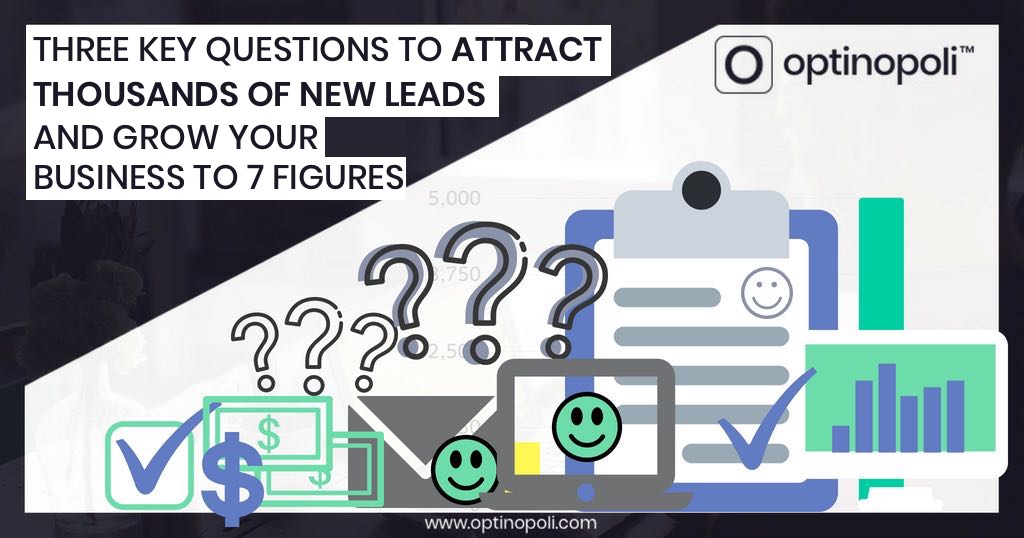

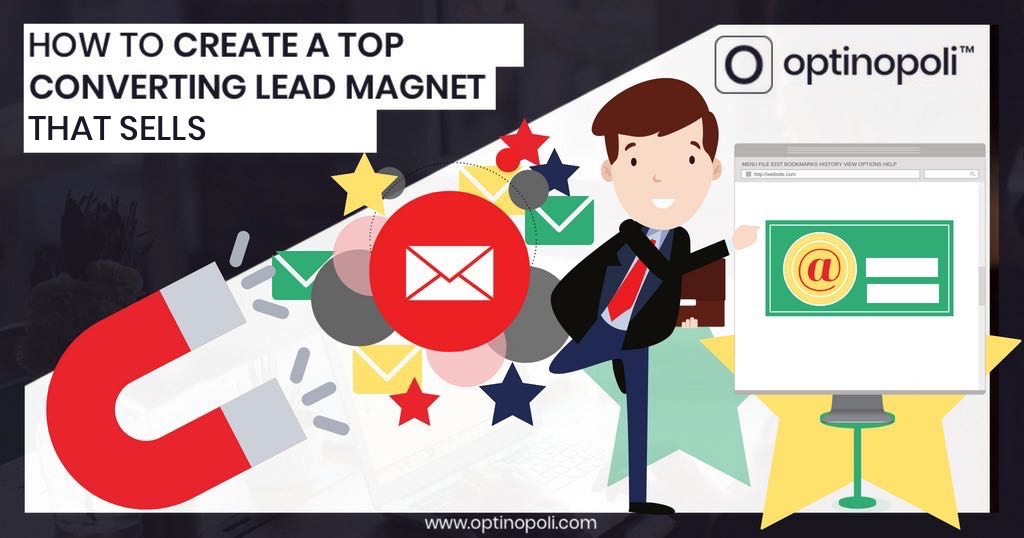
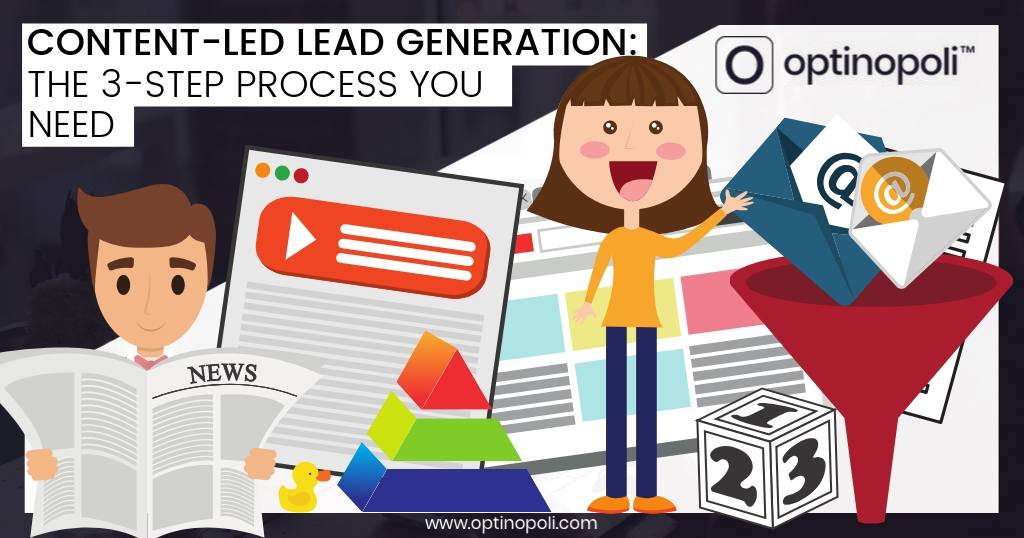
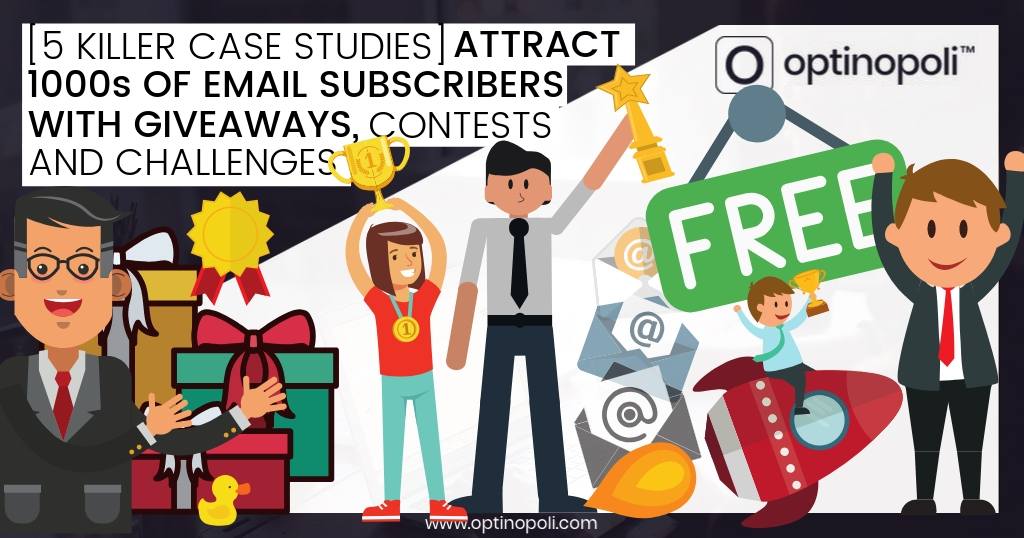

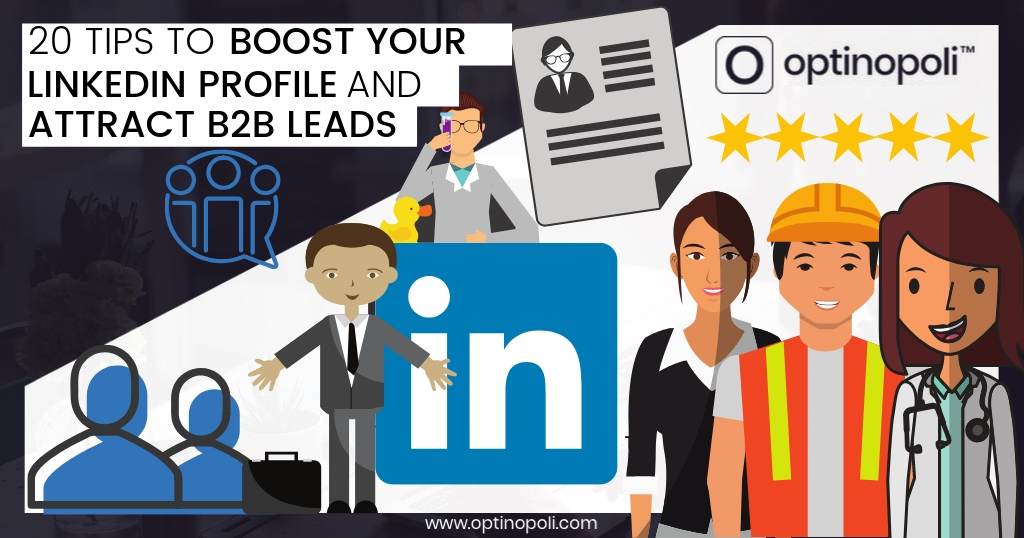
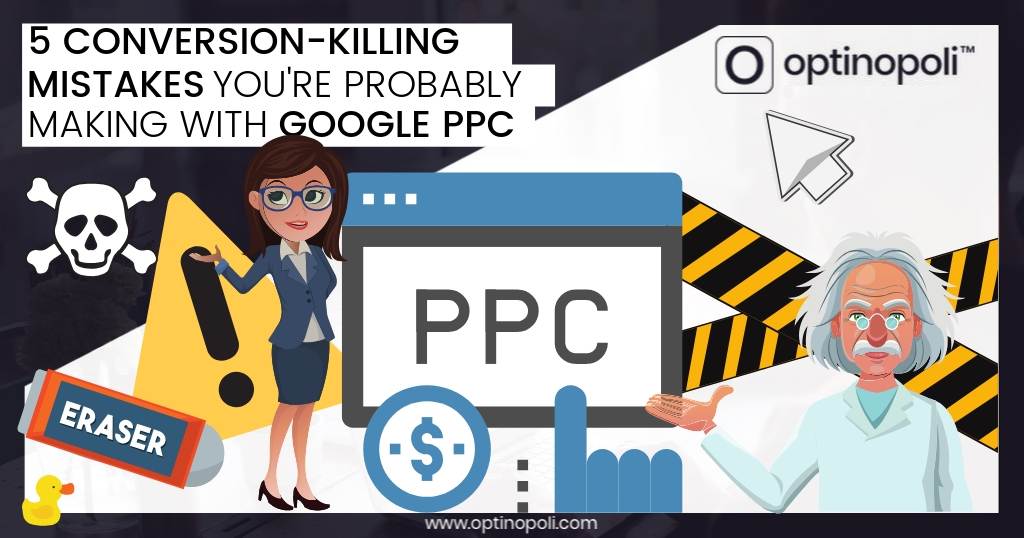
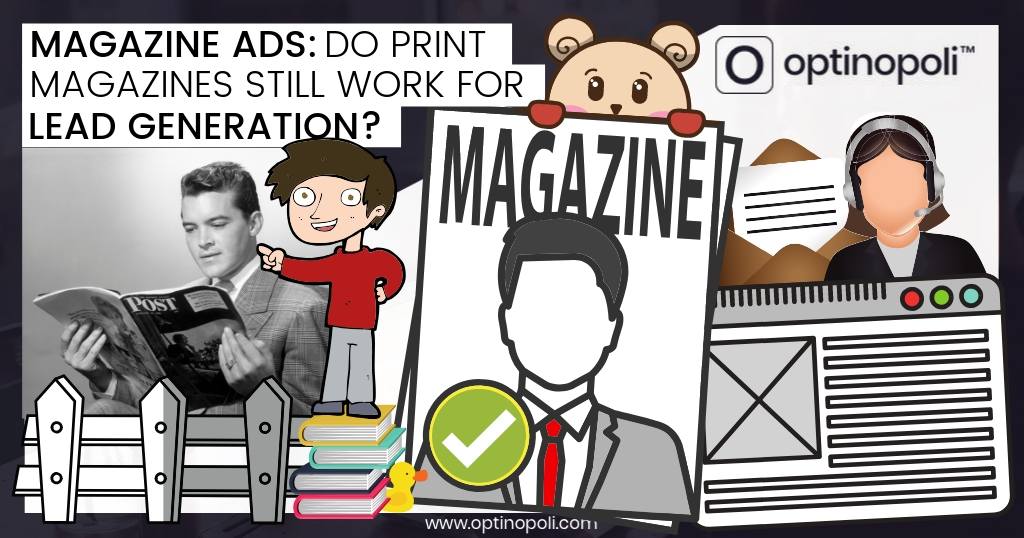
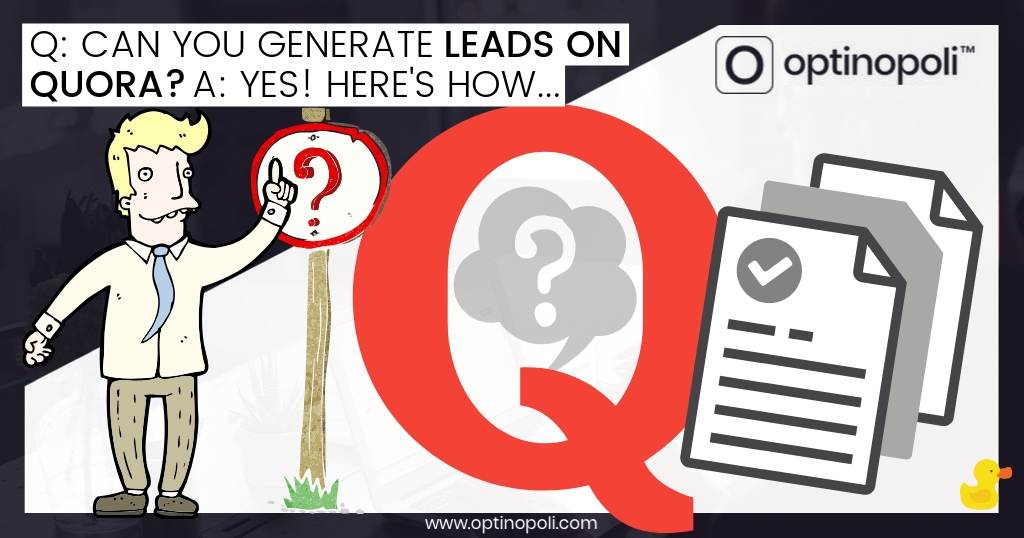
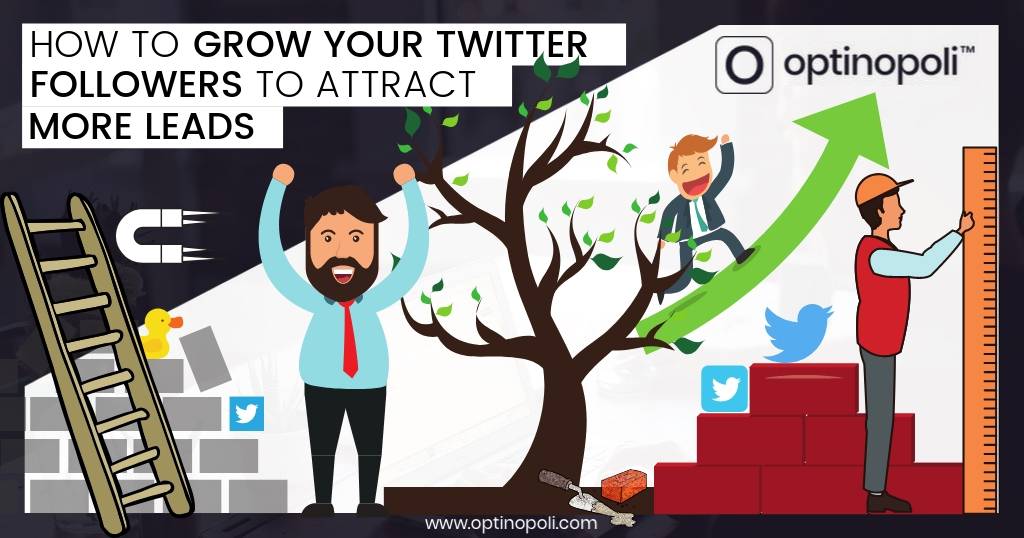
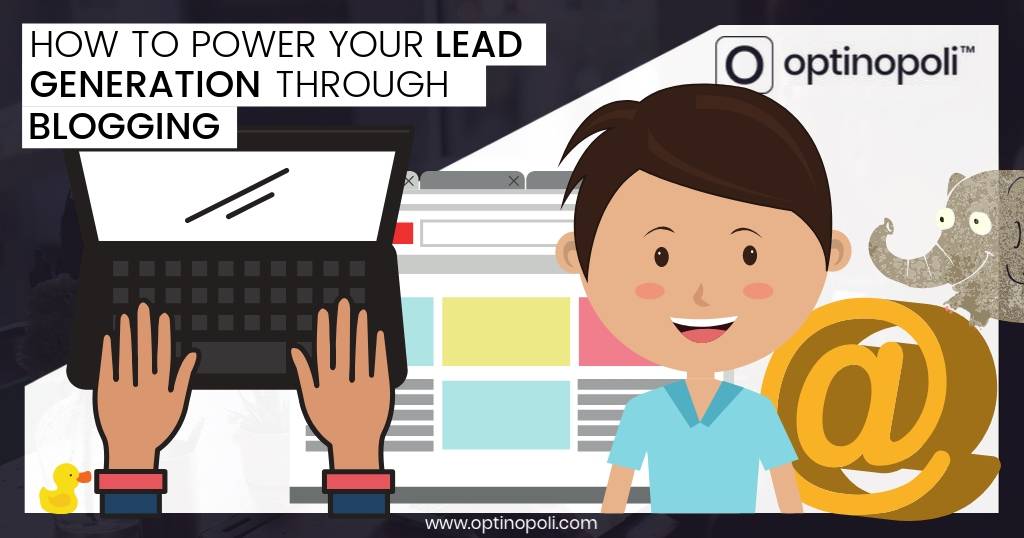
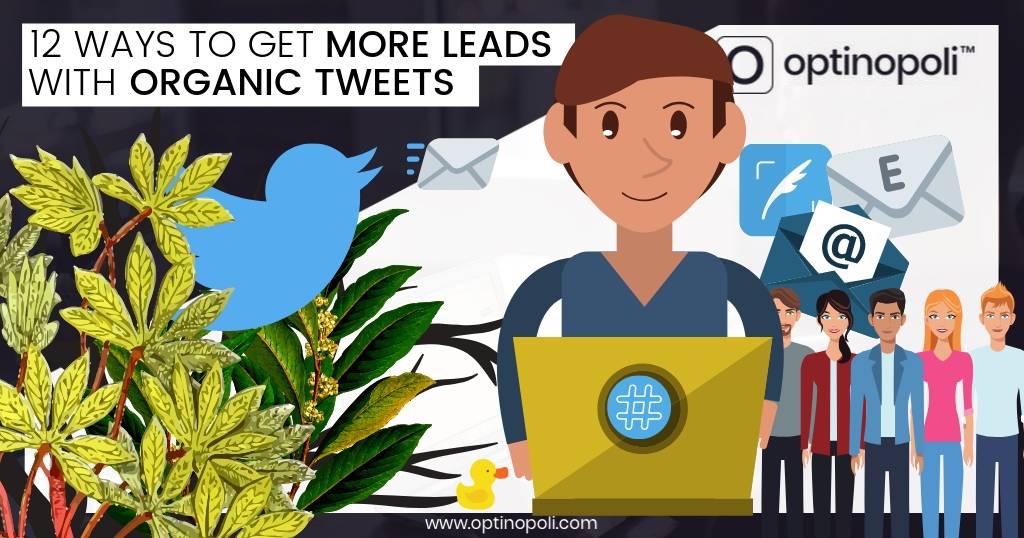
Comments